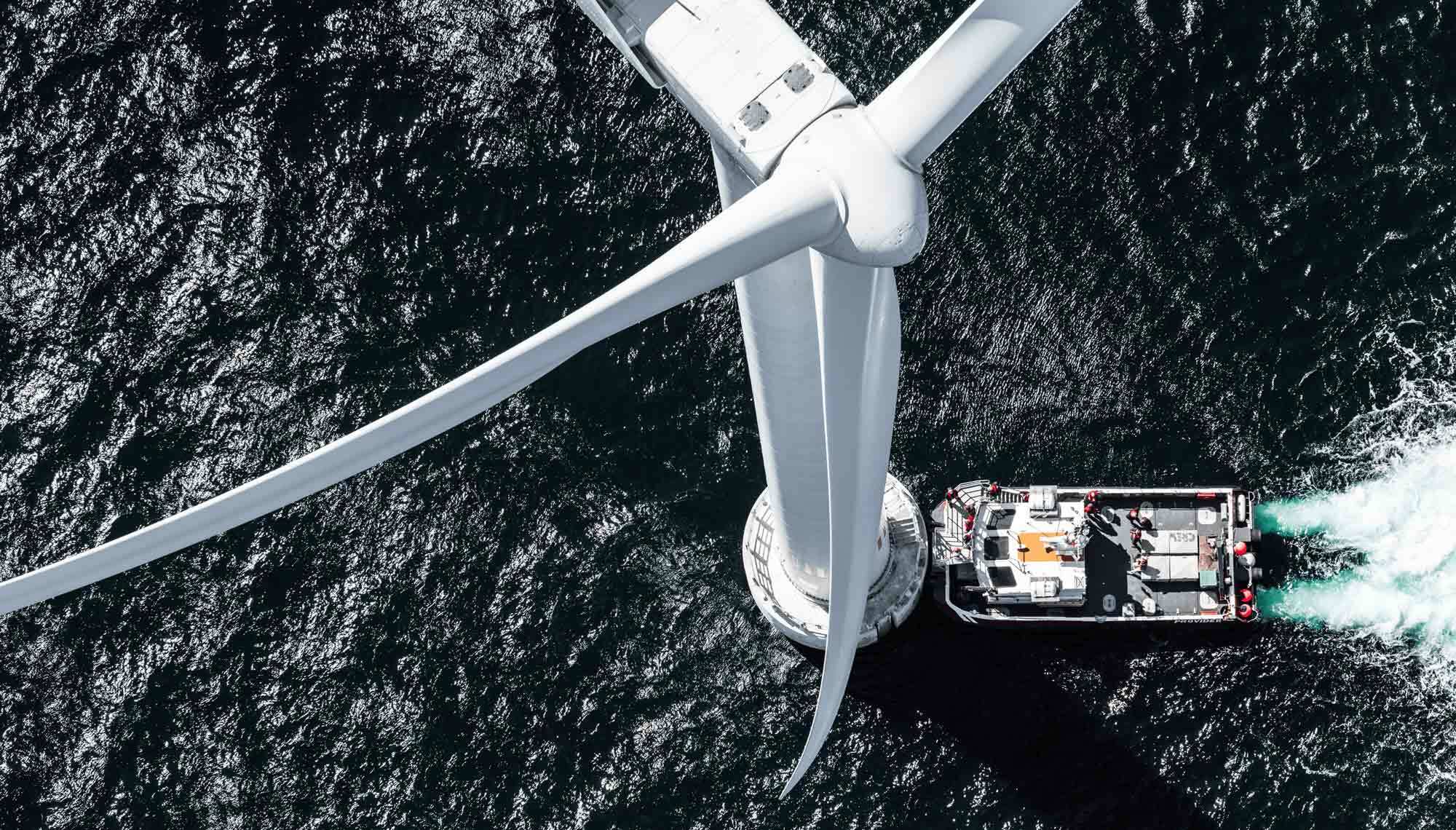Explore renewable energy software
Check out
Customer Success Story


12K
completed documents
240
app users
218
automated workflows

“Fluix has transformed the way we work. We’ve got control over all documentation, and it’s one of the best tools we’ve invested in.”
Arwel Jones, WTG Maintenance Manager, RWE Renewables
RWE (Rheinisch-Westfälisches Elektrizitätswerk/Rhenish-Westphalian Power Plant) is a German energy company that generates and trades electricity. Originally founded in 1898, the company has since grown to include several global operations across the renewable, gas and coal sectors. All of RWE’s departments are working together to shape the future of energy across Asia-Pacific, Europe and the United States. The company’s ambitious future growth plans go hand-in-hand with their commitment to reduce their CO2 emissions and be climate-neutral by 2040.
RWE were actively seeking the right field operations automation software to help streamline field-to-office processes for specific teams working in their renewable energy division, where they employ over 3,500 people. Reliability is a crucial feature of software for renewable energy, so whichever solution RWE found, they needed to be able to trust that it would support their teams in the field and in the office.
A short pilot project at one of RWE’s German wind farms proved that Fluix was a solution that could support the company and its teams on their digitization journey.
Following the success of the trial, Fluix was rolled out to another 6 wind farms with 493 turbines, and is also being tested by additional teams for future adoption.


The primary Fluix use case for RWE’s Renewable energy teams is the servicing and maintenance of wind turbines. They have a fixed pool of technicians working on each site, where they conduct wind turbine maintenance and inspections, as well as daily team meetings.

“Onboarding was a good experience. We were given time to try out the software and make changes. The company then moved forward with the product.”
James Bird, Maintenance Engineer at Humber Gateway Wind Farm

“The fact that you can use Fluix offline is an absolute must for us. It means that technicians can work on a boat, from their car, or from the top of a turbine.”
James Bird, Maintenance Engineer at RWE Renewables
RWE’s clients trust them to perform preventive maintenance inspections with the utmost precision, in order to keep turbine maintenance costs as low as possible. Here are the results RWE has achieved since adopting Fluix wind turbines operations and maintenance software:

“The product makes data analysis easier! The ability to automatically export form data has saved hours of my time. Now we can easily reference data to monitor effectiveness of service and aggregation of components within the renewables asset.”
James Bird, Maintenance Engineer at RWE Renewables